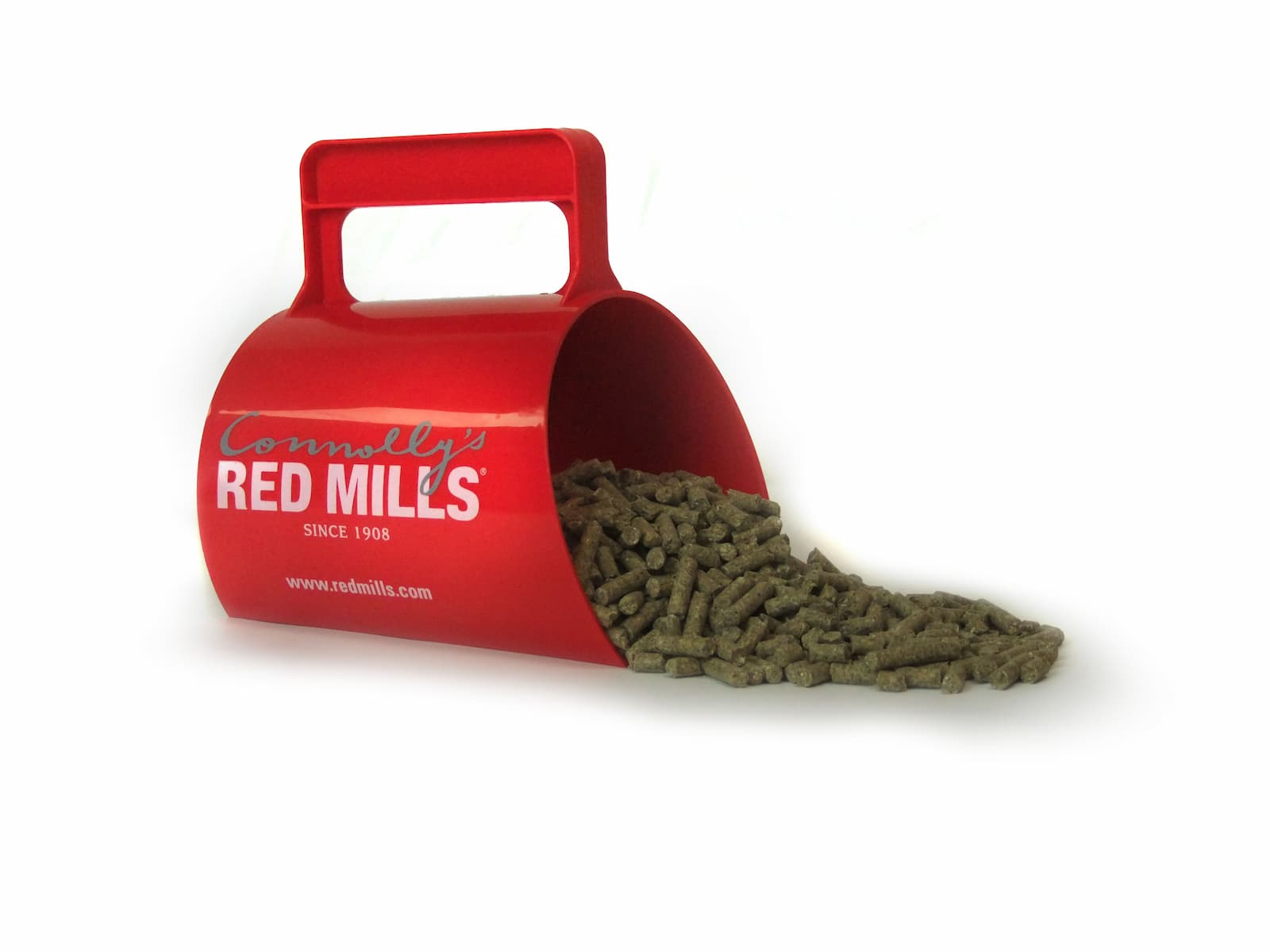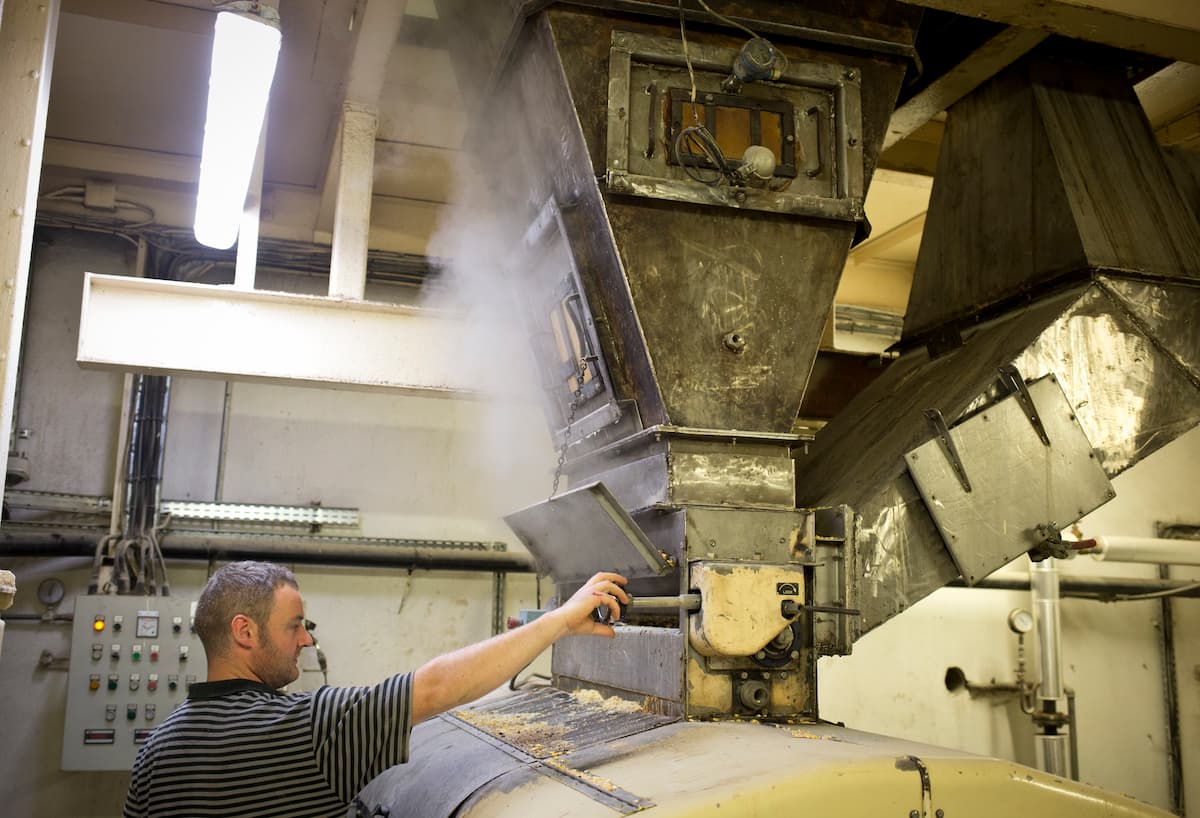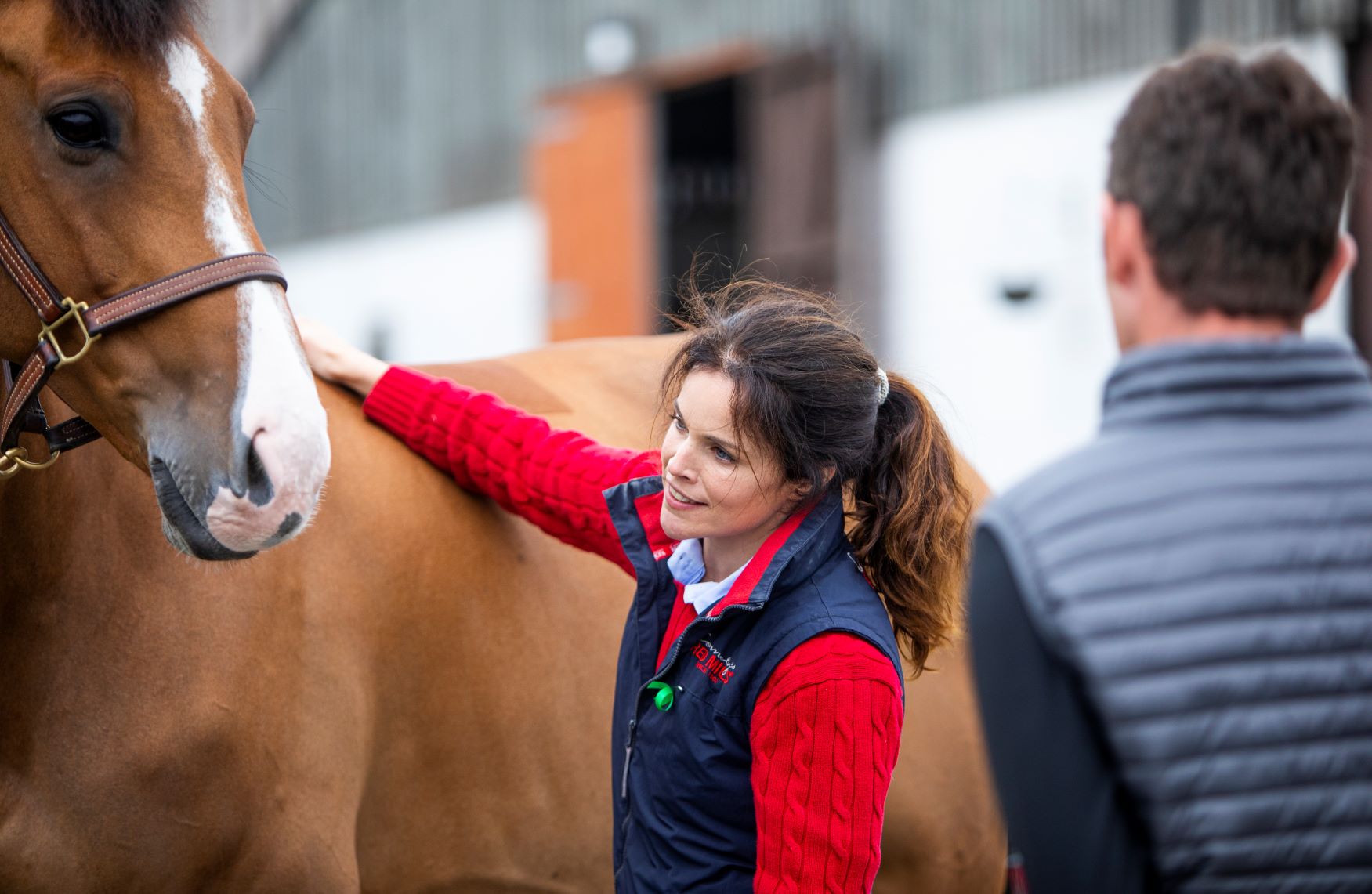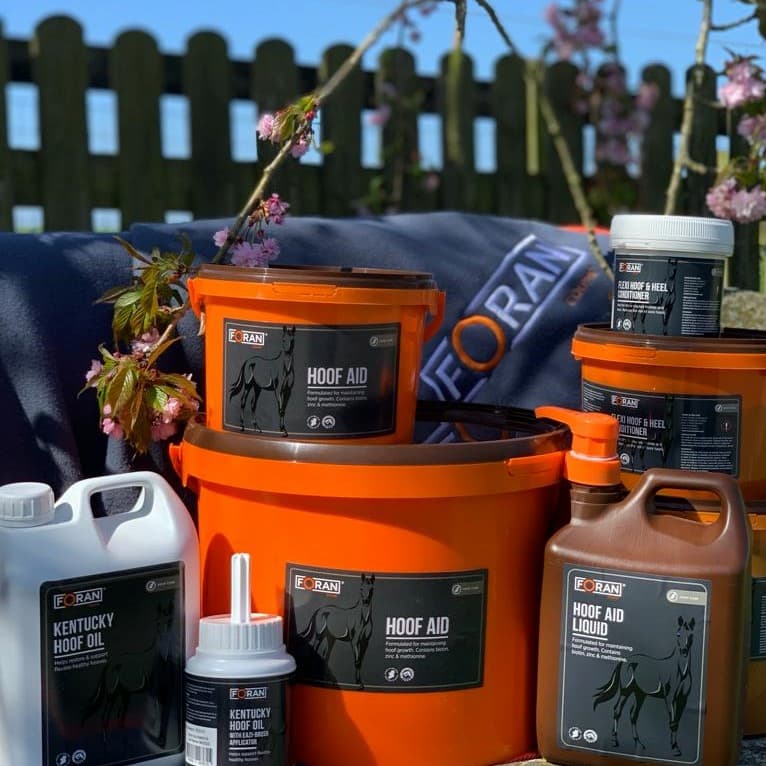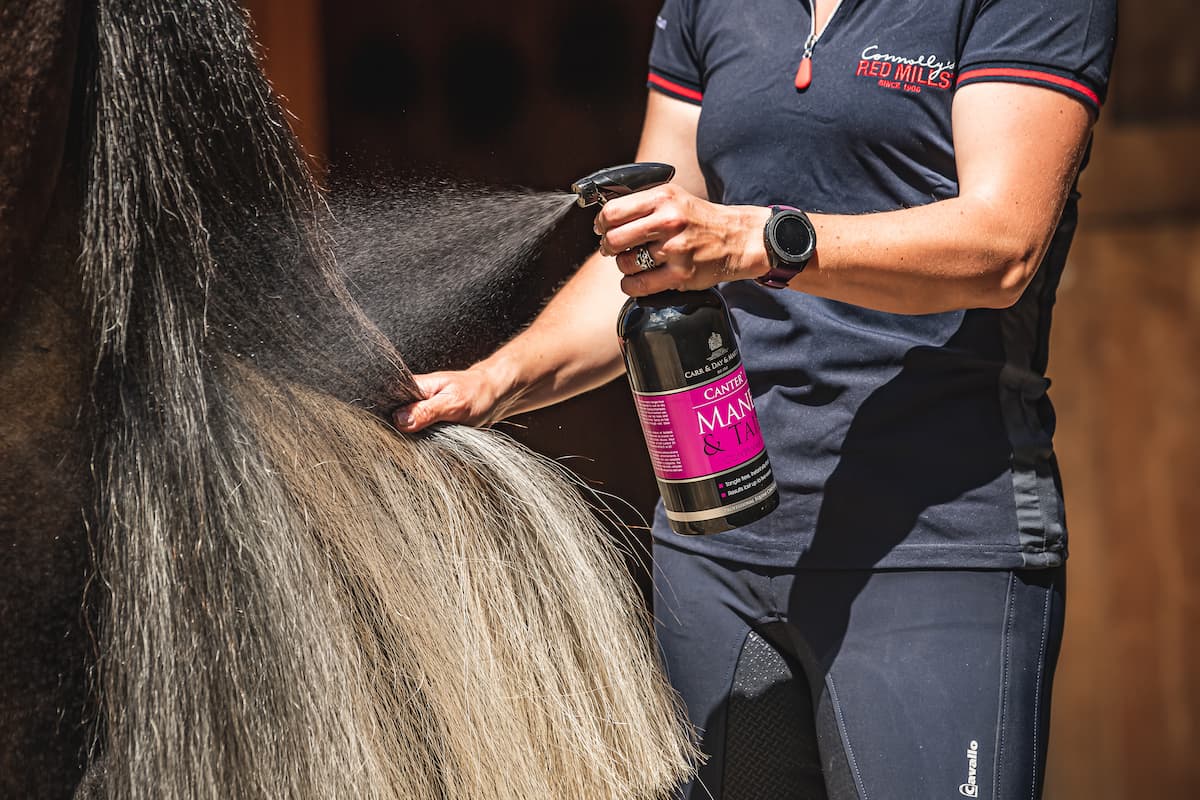Nov, 2018
-
Feed plenty of forage
Did you know an adult horse can produce up to 30 litres of acid in their stomach a day?
As trickle feeders, good levels of dietary fibre are essential for maintaining digestive health – In the wild horses will graze up to 18 hours a day! Ideally forage should be provided ad lib but if this isn’t possible intake should not be restricted to less than 1.5% of bodyweight per day (7.5kg for a 500kg horse). If forage is restricted the total daily forage allowance must be divided into several small portions and given throughout the day.
2. Feed each horse as an individual
Every horse is different and should be fed according to their individual needs. Factors to consider when deciding on the most appropriate diet for your horse include their temperament, workload and body fat score.
If you’re not sure what would be the best nutrition programme for your horse, you can Get in Touch with our Red Mills Team
-
Allow time after feeding before working
After feeding a cereal-based concentrate meal, you should allow one to two hours before working your horse. Likewise, after strenuous exercise it is important to ensure that your horse has cooled down and recovered sufficiently before offering them a bucket feed
-
Feed little and often
Horses are naturally trickle feeders and have evolved to eat little and often. In relation to their size horses have a fairly small stomach – a 15hh horse’s stomach is only around the size of a rugby ball! To ensure efficient digestion the ‘bucket feed’ should be divided into as many small meals as possible. Ideally, meal size should not exceed 400g/100kg bodyweight (i.e. 2kg for a 500kg horse).
-
Make changes gradually, including forage!
Specialised microbes in the horse’s hind-gut need time to adapt to changes in the diet. Sudden changes to the concentrate or roughage components of the horse’s diet can lead to gastrointestinal disturbances such as loose droppings or colic. To allow your horse’s digestive system time to adjust any change should be introduced gradually over at least 4-7 days.
-
Weigh your feeds
Horses should be fed by weight, not volume, so it is important to weigh your feed and conserved forage. Bear in mind that one person’s scoop may not be the same as another and that mixes, cubes and chopped fibre will have different densities.
As a rough guide, a Stubbs scoop typically holds 2kg of a cube, 1.5kg of a mix and 0.5kg of a chaff.
-
Provide fresh clean water at all times
Water is used by every cell in the body and is the most important nutrient! At rest, a 500kg horse will drink around 25 litres of water each day. Water intake can vary enormously; a horse grazing lush pasture, which may contain up to 80% water, will usually drink less than a horse fed hay which contains just 15-20% water.
Studies have shown that horses tend to be put off drinking extremely cold water. During the winter months make sure you’re regularly breaking and removing ice from buckets and troughs. Warming the water slightly to between 7-18oC may also encourage your horse to drink.
-
Keep to a routine
Horses are creatures of habit and like routine so where possible try to stick to a regular feeding schedule. If a horse is unable to have access to ad-lib forage then it is important to provide forage at regular intervals. This will help to maintain a healthy digestive system and reduce the risk of Equine Gastric Ulcer Syndrome (EGUS).
-
Always use high quality feeds
Feed that appears dusty or mouldy should not be fed as this may increase the risk of respiratory or gastrointestinal problems. You should also always check the ‘best before’ date on the back of the bag as the nutrient content of the feed cannot be guaranteed after this date.
-
Cleanliness
Feed should be stored in a clean, dry area away from direct sunlight (e.g. a feed bin with a secure lid). The feed room should be kept tidy and feeding buckets/utensils should be cleaned daily. This will help to avoid rodent infestation and will reduce the risk of cross contamination with any medications used.
Contact our sales team via WhatsApp or email

Nicolas Gaumerais
Group Commercial Manager GCC Region
Based in the UAE, Nicolas Gaumerais is the Commercial Manager of Connolly's RED MILLS Group which includes Connolly's RED MILLS horse feeds and Foran Equine supplements sold in the GCC region. Nicholas regularly travels across the Gulf to meet customers.

Dominic Bligh
Group Commercial and Technical Executive GCC Region
Alternatively, reach out to Dominic Bligh who offers nutritional & technical support for Connolly's REDMILLS Feed and Foran Equine supplements. Dominic is also the Commercial Manager for Foran Equine Supplements. He regularly visits client's stables in the Middle East to advise on bespoke feeding programmes.



